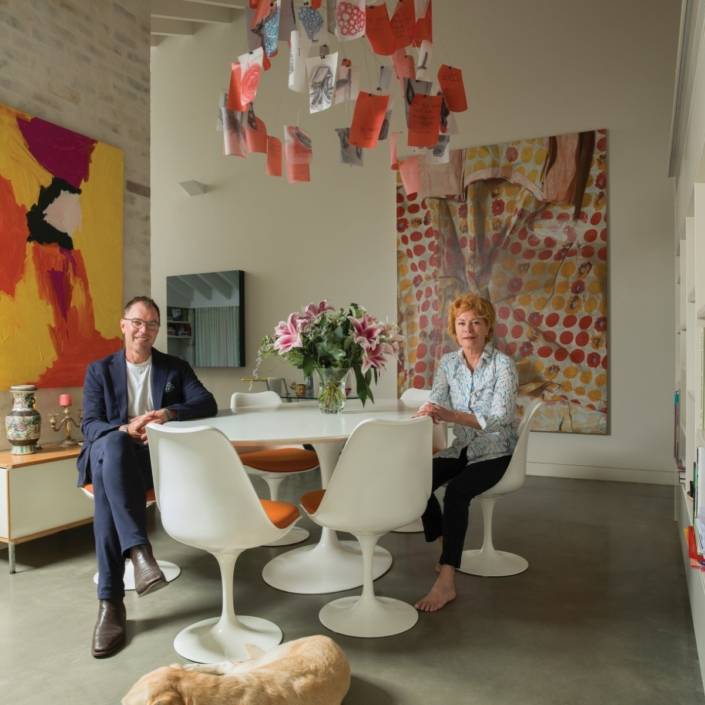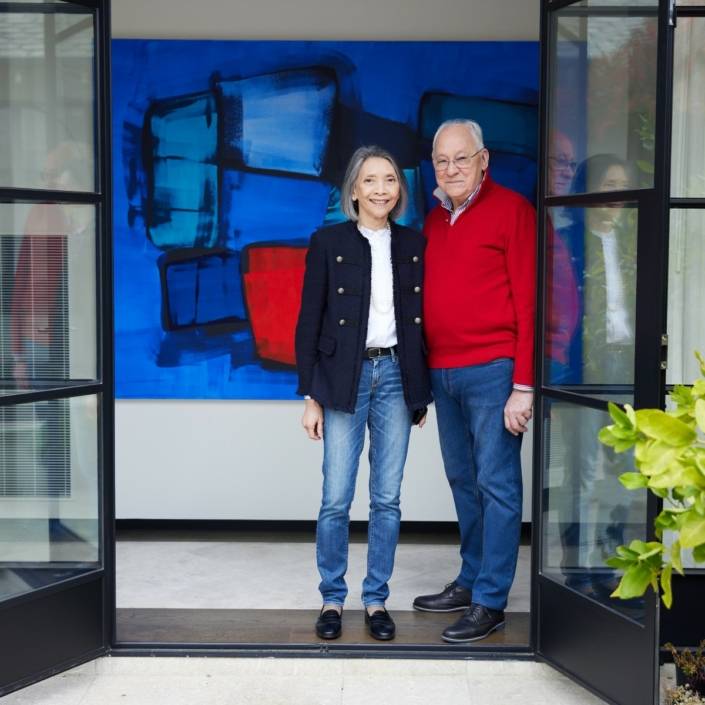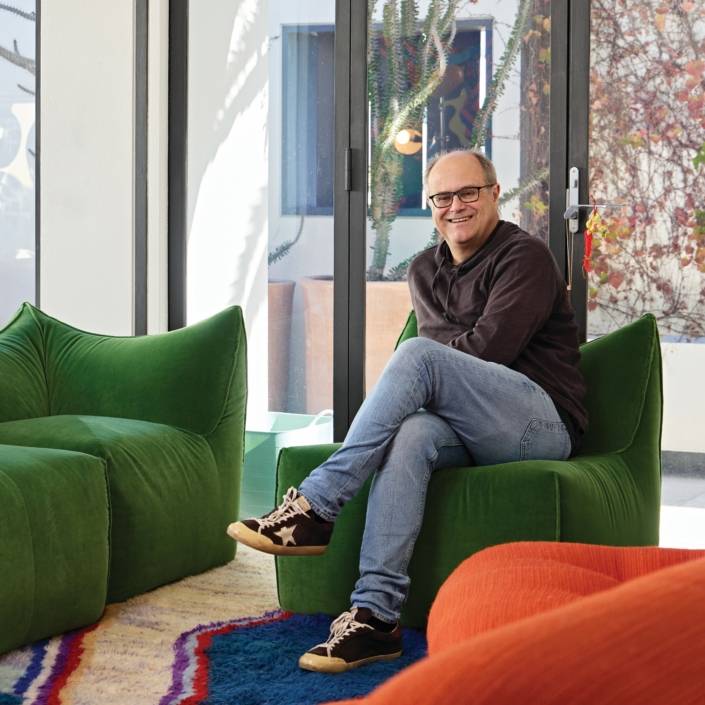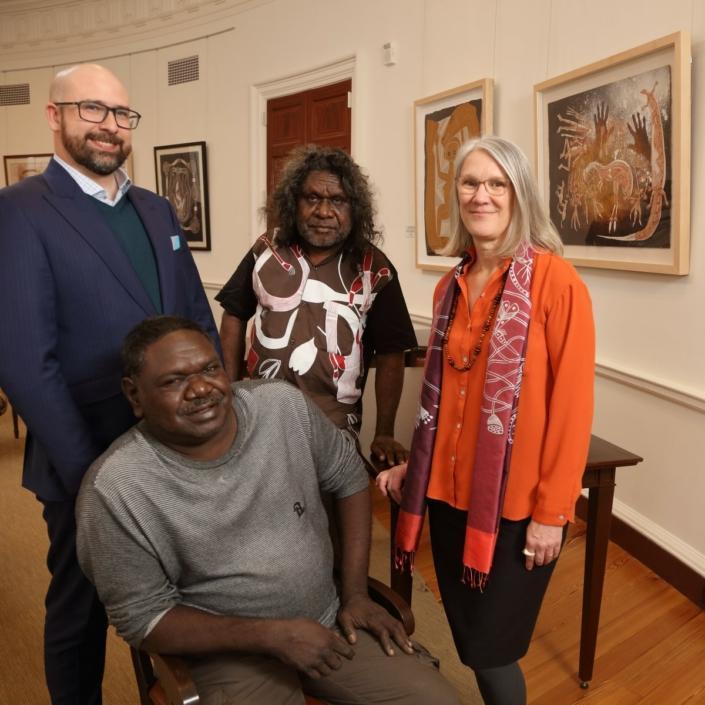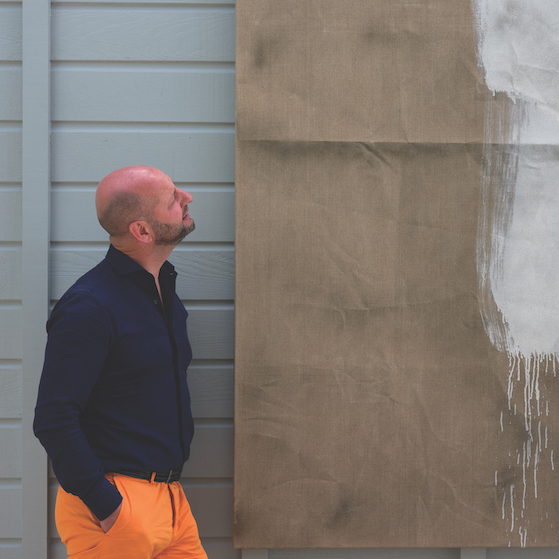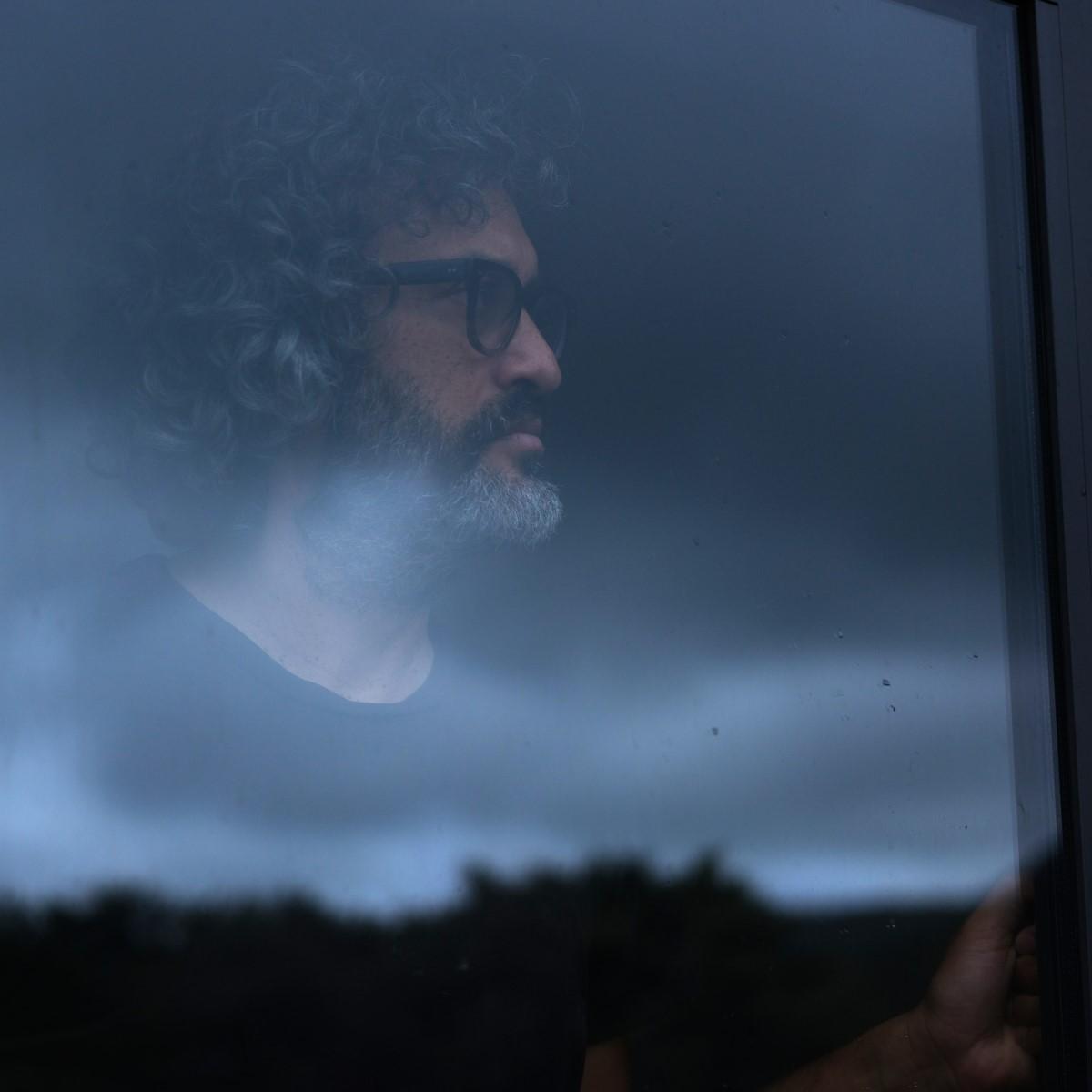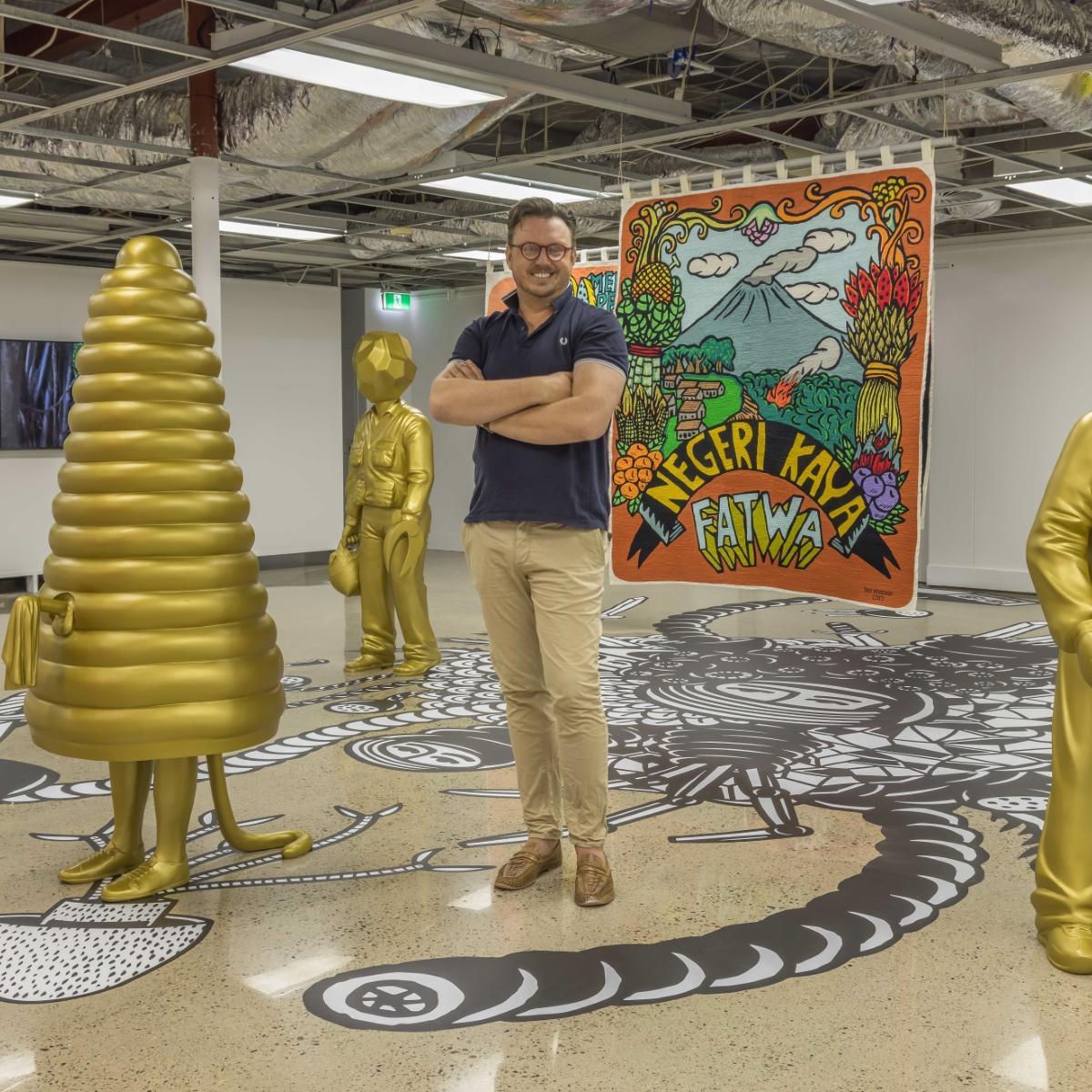Remarkable Collectors: Kluge-Ruhe Aboriginal Art Collection of the University of Virginia
We recognise the significant contributions of these different private collectors.
Words: Louise Martin-Chew
Photography: Tom Cogill
Bark painting by Australian Aboriginal artists is described as “one of the most exciting art movements of our time”, by curator Diane Moon, with “its distinguishing feature being cultural connections dating back tens of thousands of years”. It may be for this reason that Aboriginal art has, for so long, compelled passionate interest. The long-awaited USA tour of Madayin: Eight Decades of Aboriginal Australian Bark Painting from Yirrkala organised by the Kluge-Ruhe Aboriginal Art Collection of the University of Virginia in collaboration with Yirrkala’s Buku-Larrŋgay Mulka Centre, invites interest in the way Kluge-Ruhe came about and its trajectory since its acquisition by the University.
The ancient antecedents of Aboriginal art, with their important connections to Country and culture, are now well known in Australia. American professor Edward Ruhe (1923-1989) was an academic who came to Australia to work in 1965, and found his way to bark painting through relationships with individuals. Ruhe developed a collection of bark paintings which continued to grow on his return to the US – well before its status as art was acknowledged. Aboriginal art became a lifelong obsession and he pursued assiduously its change of status (from ethnographic to fine art) through research, exhibitions and catalogues. After his death, John W. Kluge (1914-2010), one of America’s richest men, read about the collection in Ruhe’s obituary in the New York Times. Kluge’s own burgeoning interest in Aboriginal art had been piqued by Dreamings: The Art of Aboriginal Australia, shown at New York’s Asia Society in 1988. His own collection was growing when he acquired the Ruhe collection in 1993.
The collection came to the University of Virginia 25 years ago, and since then its international activities and significance have grown apace. Director Margo Smith said, “Our mission is focussed on public education and we take very seriously our responsibility to Indigenous artists and knowledge holders who are the best experts on their art and culture.”
She describes as turning points in the collection’s development the program of artist residencies, which began in 2011 (and supported by the Australia Council since 2013), and Mellon Foundation funding which allowed the employment of curator Henry Skerritt. This has facilitated long term projects like Mayadin. Other research to date traced the legacy of the Dreamings exhibition, which put Aboriginal art on the agenda of American collectors, documented in a 2019 UVA exhibition called Beyond Dreamings. Digitisation and a discovery tool are also allowing increased public access to the collection.
The residency program has been transformative for the Australian artists involved and Kluge-Ruhe. Artists have recently included Kent Morris, Barbara Mbitjana Moore and Sharon Adamson, and Brian Robinson. Smith notes, “The intention of the residency was to integrate Indigenous Australian artists into the academic life of the university, but they became so much more than that. They enabled us to… expand our audience’s understanding of Indigenous Australian art.”
“The artists came prepared to engage in face-to-face dialogues about the most pressing issues facing Black and Indigenous people and people of colour today,” Smith continues. “Our histories may be somewhat different, but we find ourselves in the same places, fighting racism and oppression both in overarching structures and in daily life.”
For Indigenous Australian artists, this research-based collection functions like an outreach. Smith says, “We have been told that the artworks are like emissaries – Djambawa Marawili said it best: ‘The art went first – all those old paintings in the gallery. What follows is reconciliation – and passing the knowledge to America through our art. Because art is really important to us. It represents our soul and our mind.’”
The ethics of collecting have also been rigorously assessed by Kluge-Ruhe’s staff. Smith notes that its paintings and objects were primarily created for sale to non-Indigenous people. ‘These sales were almost always mediated by art centres and gallery owners who had first-hand interactions with artists.” To date, a small quantity of objects that don’t belong in a museum or gallery are being progressively returned to communities. The current strategic plan (2021-26) articulates Kluge-Ruhe’s commitment to increasing both Indigenous leadership and participation in museum activities.
This collection is dynamic, having grown some 30% since it came to the University of Virginia. The importance of bark painting is being widely shared – with links to the past and present extensively profiled by Kluge-Ruhe – far from Australian shores.
Featured image above: (from left) Henry Skerritt, Gabriel Maralngurra, Joe Guymala and Margo Smith in Munguymunguyh (Forever): Celebrating the 30th Anniversary of the John W. Kluge Injalak Commission at the Rotunda, University of Virginia, 2020. Photo: Tom Cogill. Courtesy: Kluge-Ruhe Aboriginal Art Collection of the University of Virginia.
Featured image below: Installation view of Irrititja Kuwarri Tjungu | Past & Present Together: Fifty Years of Papunya Tula Artists, Part 2, 2022 – 2023. Photo: Tom Cogill. Courtesy: Kluge-Ruhe Aboriginal Art Collection of the University of Virginia.
This article was originally published in Art Collector issue 103, January-March 2023.



